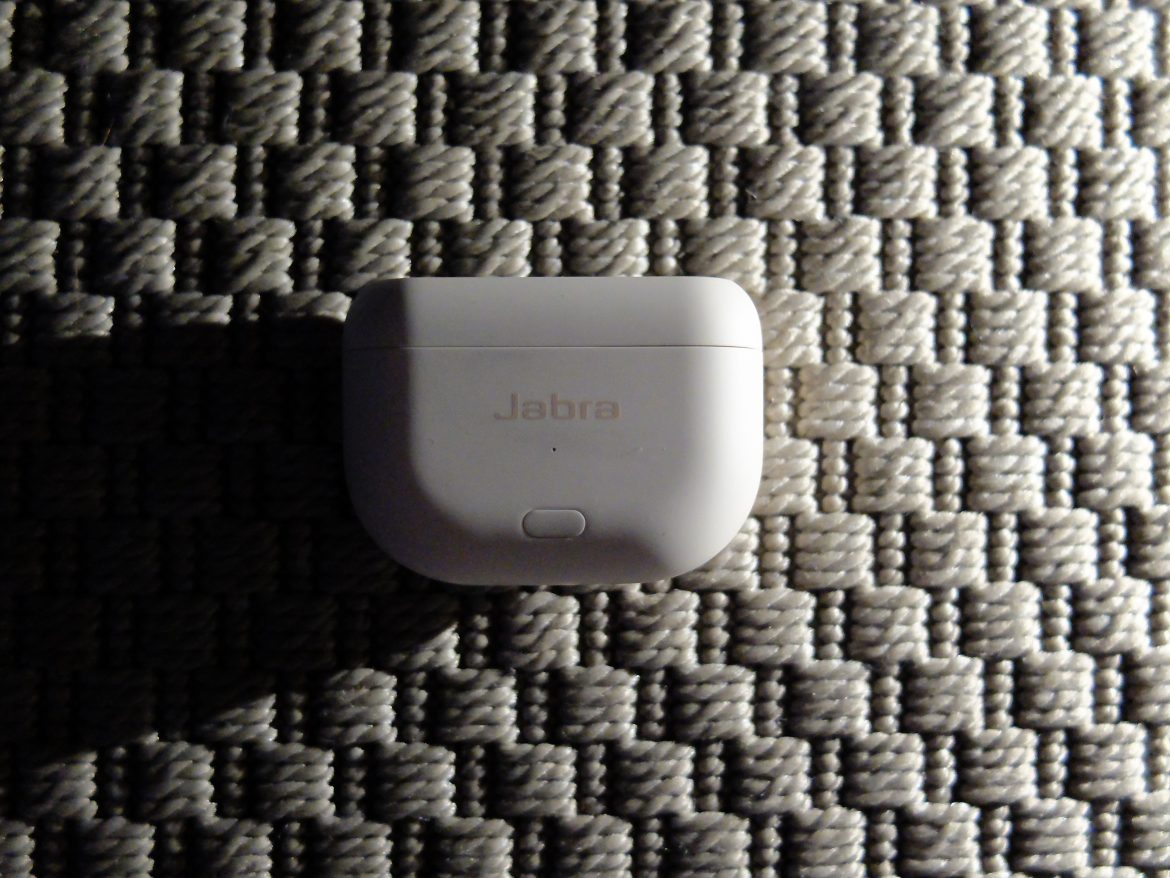TL;DR
Jabra is exiting the consumer audio market, and the Elite 10 Gen 2 might be their last hurrah – a stellar one at that! These earbuds boast exceptional sound quality, impressive noise cancellation that rivals the best, and a design that’s both durable and comfortable for all-day wear. The new Low Energy Audio feature is surprisingly useful for connecting to various sources like treadmills or even your record player. While spatial audio results are mixed, the core features shine. Plus, Jabra has made them more affordable. Discover why these might be the best Jabras ever, right before they leave the scene. Read on for the full review!
We also recommend reading our review of its sibling, the Jabra Elite 8 Active – Gen 2.
It’s widely known that Jabra, following in the footsteps of Plantronics, plans to withdraw from the consumer market to concentrate on its enterprise-focused products. The rationale is the intense competition within the consumer audio segment. The Senses editorial team has consistently appreciated Jabra’s offerings and were saddened by this strategic shift. Coincidentally, Jabra launched two new products as they announced their exit, both of which we acquired for review. Therefore, barring unforeseen circumstances, this review of the Jabra Elite 10 Gen 2 will likely be our final assessment of a Jabra product.

Design
The Jabra Elite 10 Gen 2 maintains the same outward appearance as its predecessor (which we reviewed last year). The notable enhancements implemented by Jabra are primarily internal, as detailed below. The charging case is compact, has a smooth finish, and proved remarkably resistant to scratches and dirt, even with its white color. Our test unit was exposed to rigorous use, including runs and residing in pockets with keys, without any special care. As the images illustrate, the device still looks pristine. Typically, we photograph review units before testing, but in this instance, it proved unnecessary.
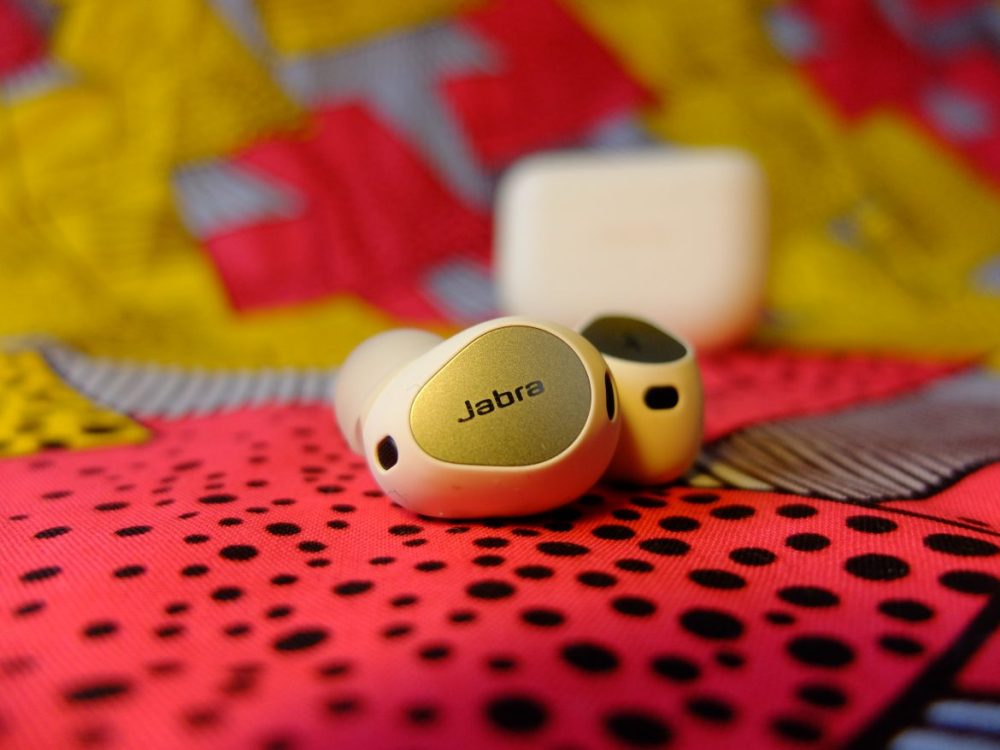
Low Energy Audio
Jabra highlights two key improvements in the Elite 10 Gen 2: Low Energy (LE) Audio via the case and enhanced noise cancellation. LE Audio enables connecting the headphone case to virtually any audio source using the included cable, allowing direct audio streaming to the earbuds. Jabra promotes this feature as a convenient solution for connecting to in-flight entertainment systems or treadmills. While we didn’t test the Elite 10 Gen 2 on flights, LE Audio proved useful at home when connected to our vinyl player, providing a simple way to listen to records without disturbing others. Similarly, it found a niche for late-night TV watching, allowing for higher volumes without disturbing the household. Initially viewed as a potential gimmick, LE Audio proved to be a surprisingly valuable addition.
LE Audio also facilitates listening in Dolby Spatial Audio from any source. We experimented with this feature across various audio sources with mixed results. When listening to music mixed for stereo, the spatial upscaling occasionally enhanced the audio, but sometimes detracted from it, depending on the original mix. The experience with streamed film mixed for stereo was similar; some titles gained a noticeably wider soundstage and a pseudo-spatial effect, while others lost some bass presence. Conversely, when streaming media already mixed for surround or Dolby Atmos, Jabra’s artificial upscaling tended to degrade the experience. In conclusion, the spatial audio feature offers variable results with upscaled stereo sound and a potentially diminished experience with media designed for surround systems. We generally preferred to leave the function disabled, as the native capabilities of the headphones are compelling enough without it.

Comfort
Comfort is subjective, but the Elite 10 Gen 2 received overwhelmingly positive feedback from everyone who tested them, indicating a successful design. They offer a secure and stable fit without causing discomfort. We wore them for extended workdays, during workouts, and even while sleeping, without experiencing any issues.
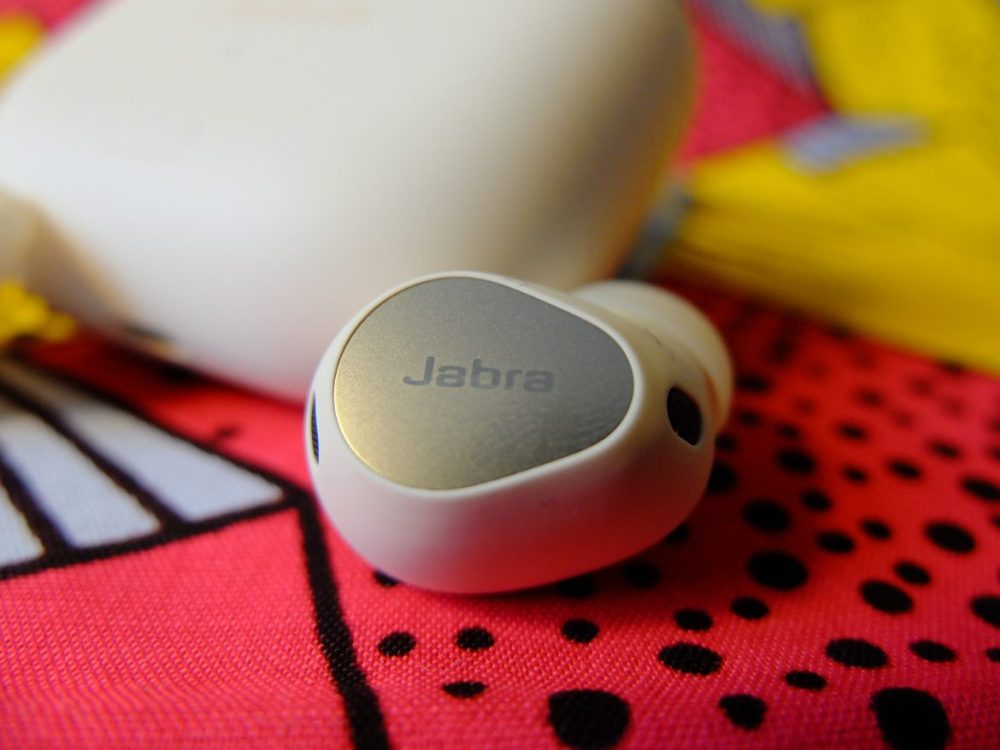
The Sound
The sound quality of the Elite 10 Gen 2 can be described as exceptional. This was anticipated, given our satisfaction with the first generation’s audio performance. The Gen 2 model maintains at least the same high standard. Even without adjusting any settings in the app, the bass, midrange, and treble are well-balanced and harmonious. The minor concerns raised in our review of the previous generation appear to have been addressed; the bass and midrange remain consistent even at higher volumes. It is unclear whether this is due to hardware refinement or a software update. Regardless, the Jabra Elite 10 Gen 2 delivers outstanding sound across various genres, and it’s difficult to imagine even discerning listeners finding fault with its performance.
Noise Cancellation
Jabra claims improved noise cancellation in the new generation, a claim we corroborate. Activating noise cancellation effectively isolates the listener from the surrounding environment, allowing for immersive listening. Walking down a busy city street becomes a surprisingly isolated experience, with only the most prominent sounds, such as car horns, penetrating the audio. Fortunately, the Elite 10 Gen 2 also features one of the best hear-through modes available, minimizing the “boxed-in” sensation common with other products. We engaged in extended conversations with colleagues without needing to remove the earbuds. While the noise cancellation and hear-through capabilities are generally excellent, wind reduction proved somewhat problematic. Although the wind reduction is highly effective when active, on par with specialized solutions from Sennheiser, the app lacks a permanent on/off toggle. Instead, it relies on adaptive wind reduction, requiring approximately five seconds of significant wind noise to activate, and deactivating shortly after the wind subsides. This may not be a major issue for most users, but cyclists may experience up to 20 seconds of wind noise with each stop and start at traffic lights, disrupting audiobooks or other content. We urge Jabra to add a dedicated wind reduction button in a future software update.
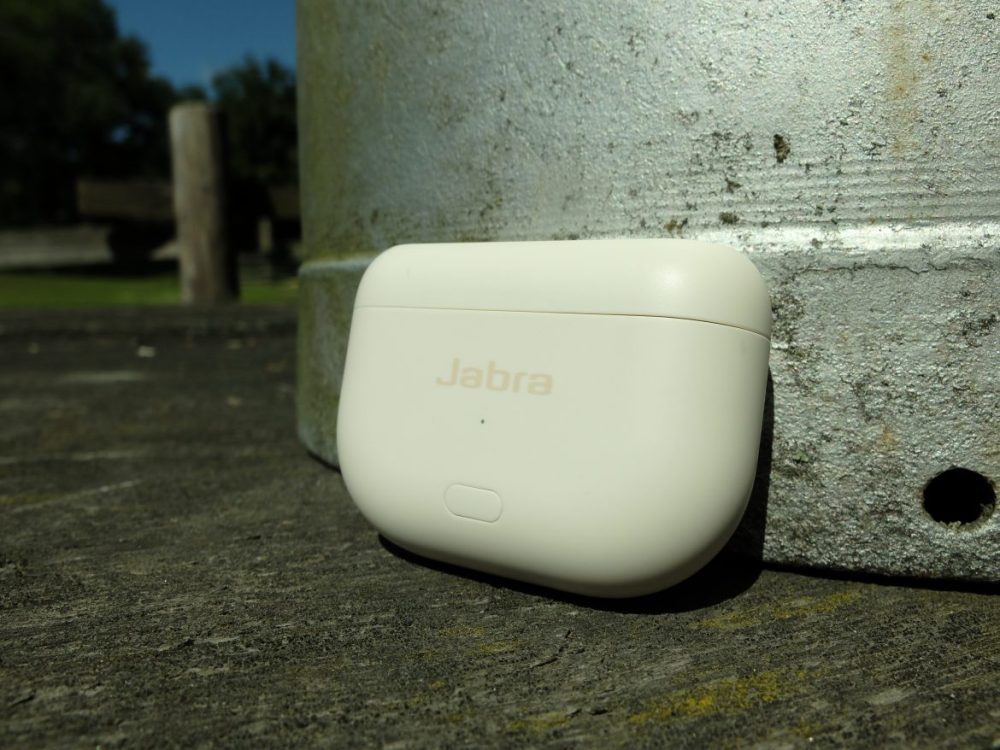
Connectivity Issues
Upon receiving the Jabra Elite 10 Gen 2, we initially encountered issues with the earbuds failing to automatically reconnect to the phone when removed from the case. Manual reconnection was required each time. Troubleshooting with Jabra’s customer service did not resolve the problem. Further investigation on Reddit and other online forums revealed this to be a relatively common issue, not specific to Jabra, affecting various competitors. The common factor appeared to be the phone used, a slightly older Google Pixel model. This proved true in our case, as the earbuds functioned flawlessly with other audio sources. While we considered omitting this section as it wasn’t a fault of Jabra’s, we are including it to assist readers who may encounter similar issues and avoid unnecessary troubleshooting of a functional product.
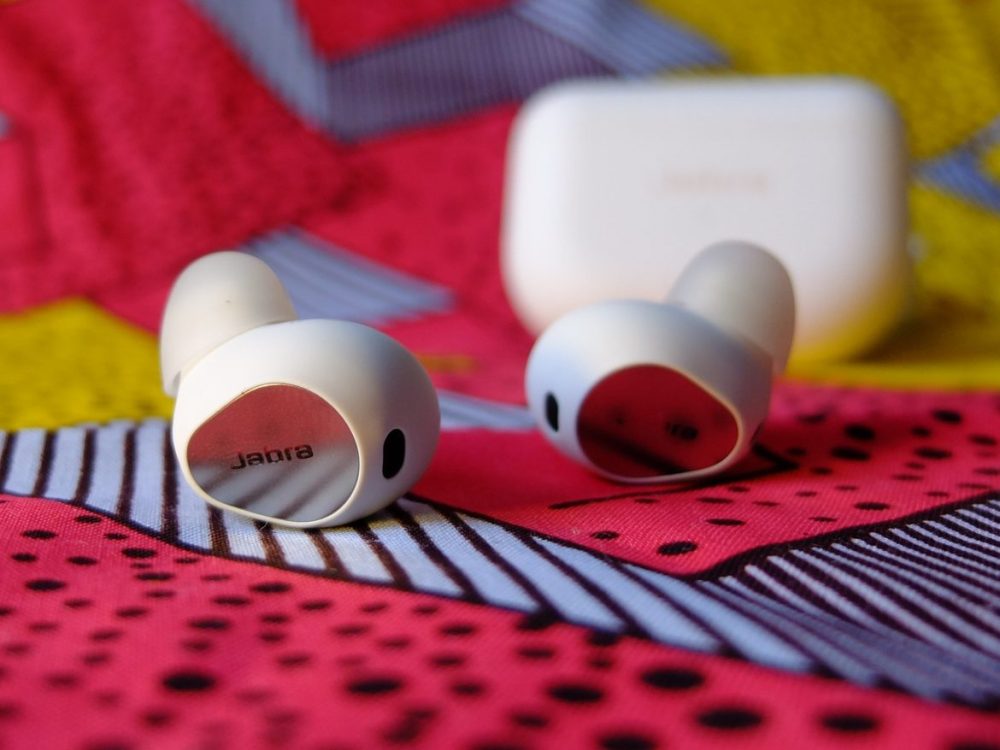
Conclusion
We are highly satisfied with the Jabra Elite 10 Gen 2. The sound quality, noise cancellation, design, and comfort are all exceptionally good, arguably class-leading. Our primary criticism of the predecessor was its high price, which Jabra has addressed by reducing the price by almost 25% to a competitive 2700 SEK (at the time of writing). It is unfortunate that Jabra is exiting this market segment just as they approached near perfection, and many of us will miss reviewing their products.
However, Jabra is certainly leaving on a high note, delivering a truly impressive product on their way out!
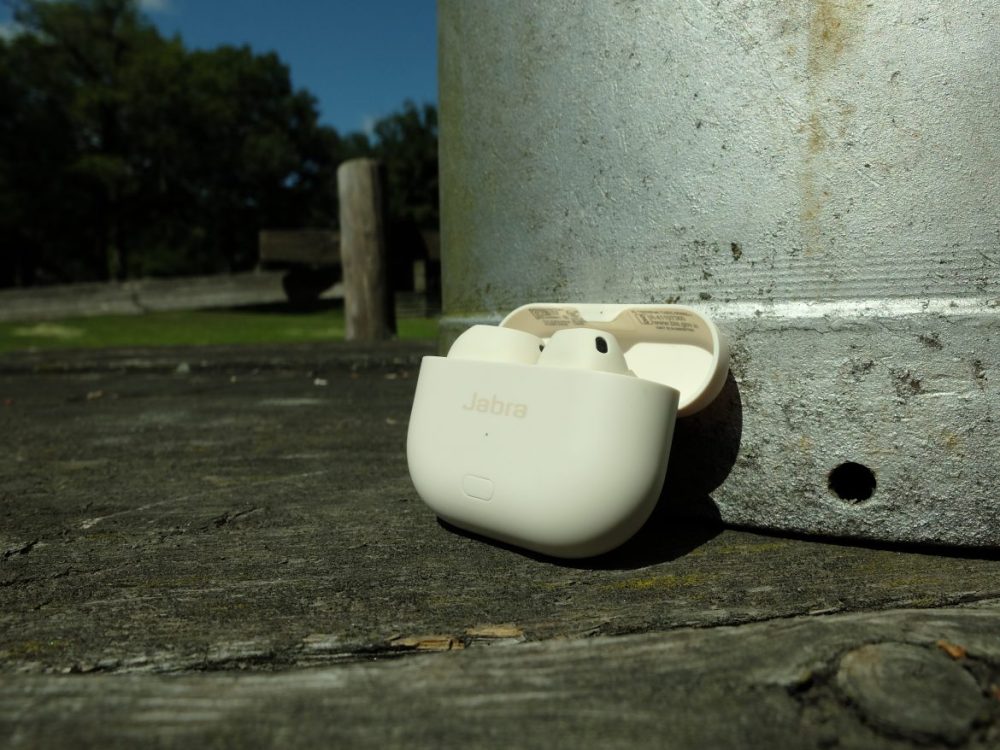
Jabra provided a review unit for this evaluation. The senders of materials do not influence our editorial process. We maintain complete independence and prioritize the interests of our readers and consumers.
